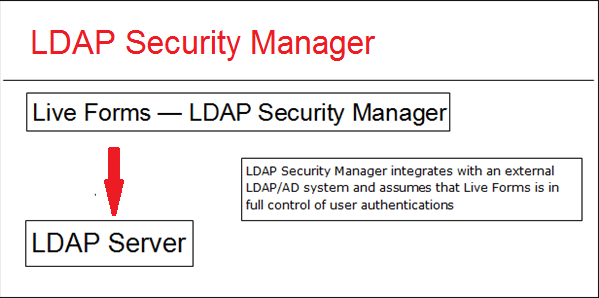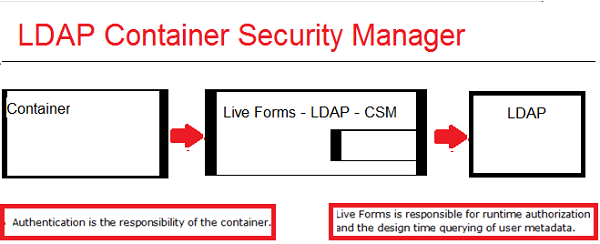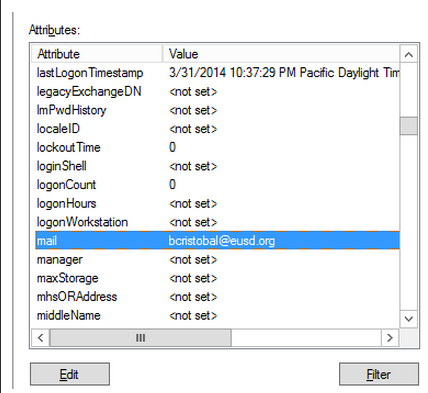| Section | ||||||||||
|---|---|---|---|---|---|---|---|---|---|---|
|
...
integrates with an external LDAP/AD system and is in full control of user authentications. Use the LDAP Security Manager in this situation.
Refer to Configuring the LDAP Security Manager for In-house if your and LDAP server are both located behind your firewall. (on-premise)
Refer to Configuring LDAP(s) for Cloud tenants if you want to connect your cloud tenant to your on-premise LDAP server.
Info frevvo only supports/certifies the LDAP Security Manager when is running in the tomcat container. Refer to our Supported Platforms for the list of Application Servers supported/certified by frevvo.
- The second option is to use deployed to an existing servlet container that is already handling user authentications through LDAP. Authentication, in this case, is the responsibility of the container. However, is responsible for runtime authorization and design time querying of user metadata. Use the LDAP Container Security ManageManager in this situation. This security manager relies on the container for user authentications and also connects to the LDAP server design time and runtime information for users, roles and user metadata.
| Info |
|---|
frevvo only supports/certifies the LDAP Container Security Manager when is running in the tomcat container. Refer to our Supported Platforms for the list of Application Servers supported/certified by frevvo. |
Retrieving Custom Attributes from the LDAP Server
When a user is successfully authenticated by the LDAP security manager, retrieves the following basic user information from the LDAP server:
Last Name
First Name
Email address
Using a business rule, you can populate controls in your form with this information.
There are many attributes available in Active Directory. View this website for a partial list. Single and multi-value attributes are supported. Active Directory custom attributes can be retrieved for users in a tenant using the LDAP Security Manager or the LDAP Container Security Manager.
Additional custom attributes can be retrieved from the LDAP server by typing the attribute names in the Custom field on the LDAP Configuration screen and writing a business rule to pull that information into your form.
...
If you want to pull additional information from Active Directory into your form, enter a comma separated list of custom attribute names to be retrieved in the Custom field on the LDAP Configuration screen. Let's use the employee's Middle Initial and Home Phone as an example. The attributes for Middle Initial and Telephone Number are initials and telephoneNumber respectively.
...
- Login to as the tenantadmin.
- Click the Edit Tenant link.
- Type the custom attribute names (telephoneNumber and initials) in the Custom field on the LDAP Configuration screen separated by a comma. Make sure there are no spaces between the attributes.
- Click submit to save the changes.
...
| Note |
|---|
The manager attribute maps to the built-in data - subject.reports. to. This means you can retrieve this value in a rule or use subject.reports.to to specify flow navigation if you configure the manager attribute in your LDAP tenant. |
Multi-value Attributes
Attributes with more than one value are also supported. For example, The carLicense attribute can return multiple licenses. You can write a rule to populate dropdown options with the specified car license values. Make sure the carLicense attribute is configured in the Custom field of the LDAP Configuration screen and of course, there are multiple carLicense attributes, each one containing a different value for the dropdown options, set up for appropriate users on the LDAP server.
...



